Annapurna Circuit Trek Frequently Asked Questions
The Annapurna Circuit Trek is not just a trek; it's a window to the diverse nature and rich culture of Nepal, offering trekkers an unforgettable experience of a lifetime.
The Annapurna Circuit Trek is not just a trek; it's a window to the diverse nature and rich culture of Nepal, offering trekkers an unforgettable experience of a lifetime.

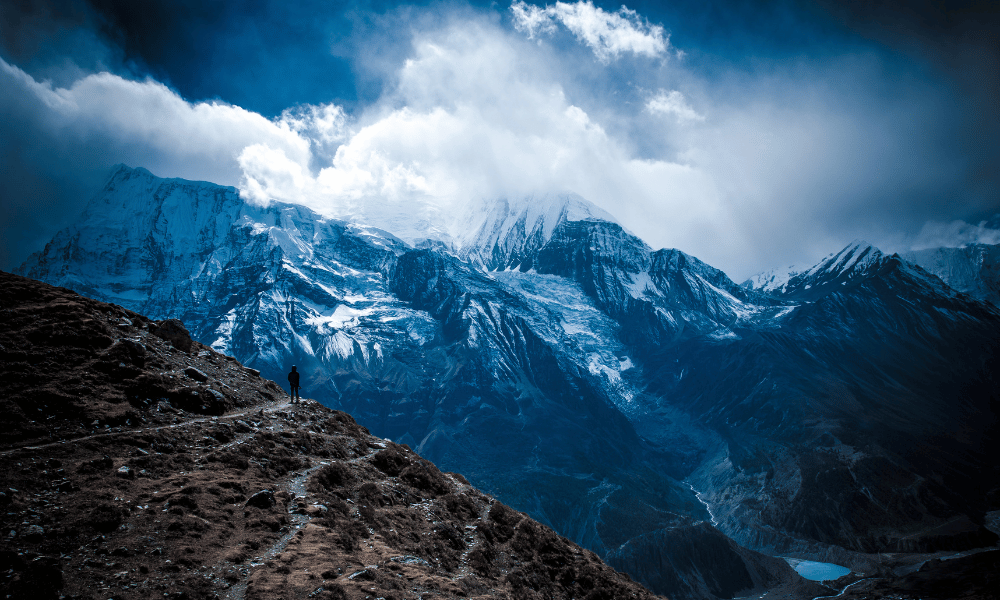
Nestled in the majestic Himalayan ranges, the Annapurna Circuit Trek is an exhilarating journey that promises an unforgettable experience of diverse landscapes, breathtaking peaks, charming villages, and rich local culture. If you are a fervent adventurer and this trek is on your bucket list, it is crucial to gather as much information as you can to ensure a safe, enjoyable, and fulfilling journey.
In the realm of trekking, knowledge is power. It prepares you to face the physical and mental challenges of the journey, allows you to make informed decisions, and enhances your overall trekking experience. From the best time to visit, necessary gear, fitness level, food, and accommodations to safety concerns and acclimatization, there are numerous aspects you need to consider.
That's why we've created this comprehensive guide with all the frequently asked questions about the Annapurna Circuit Trek. Our goal is to give you a crystal-clear picture of what lies ahead and help you prepare for a lifetime adventure.
So, whether you're a seasoned trekker or this is your first big adventure, we've got you covered. Let's dive in!
The Annapurna Circuit Trek is considered one of the world's finest long-distance treks. It's a trail nestled within the Annapurna mountain range of central Nepal. This classic trek encompasses a 100-145 mile (160-230 km) circuit around the Annapurna Massif, offering trekkers a stunning journey through diverse landscapes, varying altitudes, and fascinating local cultures.
Geographically, the Annapurna Circuit Trek encircles the Annapurna Massif, a collection of several peaks above 7,000 meters, including Annapurna I Main, the tenth-highest mountain globally, standing at 8,091 meters (26,545 ft). The trek starts at Besisahar and concludes in the Kali Gandaki Gorge, the world's deepest gorge.
Historically, the Annapurna Circuit Trek was opened to foreign trekkers in the late 1970s, and since then, it has gained recognition for its natural beauty and cultural richness. Its popularity lies in the fact that it offers trekkers the opportunity to experience Nepal's natural and cultural diversity in one single route. From the subtropical jungles at the start of the trek to the high-altitude desert in Mustang and the snow-covered passes, it's a trek that continually changes scenery and offers new experiences.
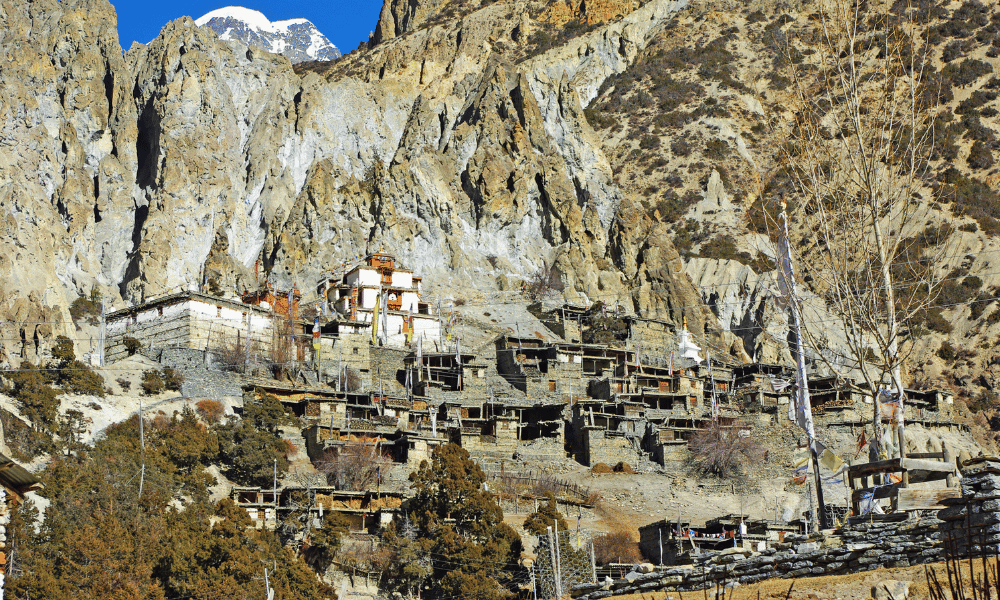
Furthermore, the trek offers an enriching cultural experience. Trekkers get the chance to interact with different ethnic groups like Gurung, Thakali, and Manangi, each having their unique culture, language, and lifestyle.
One of the unique features of the Annapurna Circuit Trek is crossing the Thorong La Pass, which, at 5,416 meters (17,769 ft), is the highest point of the trek. From here, trekkers can witness panoramic views of the Himalayas, including the Annapurna, Dhaulagiri, and Manaslu ranges.
Thus, the Annapurna Circuit Trek is not just a trek; it's a window to the diverse nature and rich culture of Nepal, offering trekkers an unforgettable experience of a lifetime.
The best time to trek the Annapurna Circuit primarily depends on Nepal's climatic seasons, each offering a unique trekking experience. Generally, there are four main seasons in Nepal: spring, summer, autumn, and winter.
Spring (March to May): Spring is considered one of the best times to trek the Annapurna Circuit. The weather is usually clear, providing stunning views of the Himalayas. This is the second most popular trekking season, and the trails are covered with blooming rhododendrons and other wildflowers, making the journey colorful and vibrant.
Summer (June to August): This is the monsoon season in Nepal, characterized by heavy rainfalls. Trekking the Annapurna Circuit in summer can be challenging due to slippery trails, leeches, and the possibility of landslides. However, the rain often clears the sky, offering stunning mountain views. This season is less crowded, and you can enjoy the lush greenery.
Autumn (September to November): Autumn is the most popular season for trekking in Nepal, including the Annapurna Circuit. After the monsoon, the weather becomes clear and stable, and the mountains are often visible in their full glory. This is also the time when two of the biggest Nepali festivals, Dashain and Tihar, occur.
Winter (December to February): Winter is the least popular time to trek the Annapurna Circuit because of the harsh cold weather, heavy snowfall, and potential avalanche risks. The Thorong La Pass may also be closed due to snow. However, for experienced trekkers who are well-prepared, winter trekking can be rewarded with fewer crowds and the serene beauty of snow-covered landscapes.
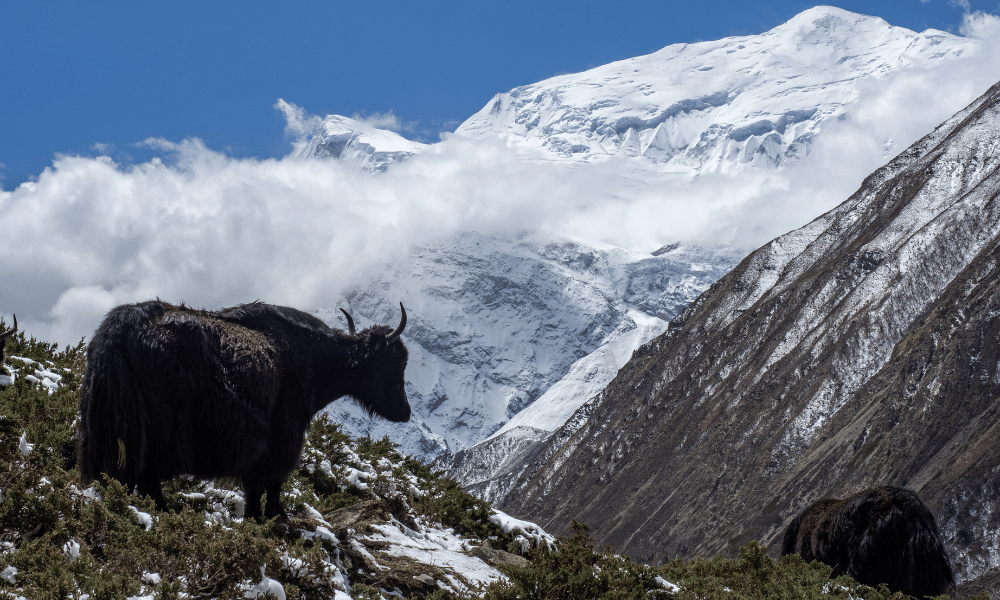
In conclusion, the best times to trek the Annapurna Circuit are during the spring (March-May) and autumn (September-November) when the weather conditions are most favorable. However, it's essential to be prepared for unexpected weather changes, no matter when you trek. Always check the weather forecasts and consult with local agencies or guides to ensure you have the most accurate and current information.
The Annapurna Circuit Trek's duration varies greatly depending on personal preferences, physical fitness, pace, and any side trips you might want to undertake. However, the typical trek duration for the Annapurna Circuit ranges between 12 to 21 days.
This timeframe considers starting the trek from Besisahar and ending at Nayapul. The first few days are usually spent ascending gradually through the Marsyangdi River Valley, acclimatizing to the increasing altitude. The midpoint of the trek involves crossing the Thorong La Pass, the highest point at 5,416 meters. The descent through the Kali Gandaki Valley usually takes less time.
Several factors can lengthen or shorten the duration of your trek:
Pace: How quickly you move will greatly impact your trek's length. Some people prefer to take their time, enjoy the surroundings, and acclimatize naturally. Others might move more quickly, especially if they're experienced, high-altitude trekkers. A sensible pace also ensures safe acclimatization to avoid altitude sickness.
Weather: Weather conditions, particularly during the off-peak seasons, can impact the duration of your trek. Heavy rains can cause delays, while snow can block passes, necessitating extra acclimatization days.
Side treks: The Annapurna region offers numerous worthwhile side treks, such as the Ice Lake near Manang or the Tilicho Lake Trek. These will undoubtedly add extra days to your itinerary, but they also provide opportunities to explore more secluded areas and often spectacular views.
Physical Fitness: If you are in good physical condition, you may be able to cover longer distances in a day, reducing the total number of days on the trek. However, it's crucial not to rush and allow your body to acclimatize to the high altitude.
While planning your itinerary, it's essential to keep a couple of buffer days in case of unforeseen circumstances like bad weather or illness. Always remember that it's not about speed but the journey's experience and the impressive landscapes you'll witness along the Annapurna Circuit.
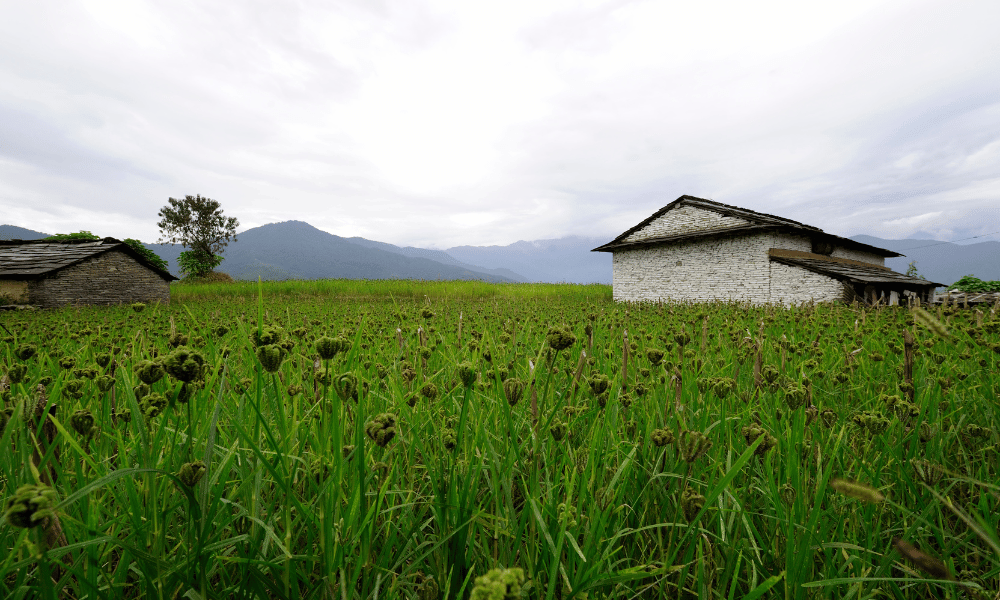
The Annapurna Circuit Trek is considered a moderate to difficult trek, requiring a reasonable level of physical fitness and stamina. While you don't need to be an elite athlete to undertake this adventure, you must be in good health and have a good baseline of physical fitness. Remember, you will be trekking for multiple days at high altitudes with a backpack, which can be physically demanding.
Here are some specific fitness requirements for the trek:
Cardiovascular endurance: The trek involves long hours of walking, often uphill on rugged terrains. Thus, having a good level of cardiovascular fitness is important. Regular cardiovascular exercises like running, cycling, swimming, or brisk walking can help build stamina.
Strength training: The trek can put strain on your legs, core, and back. Strength training exercises that target these areas will be beneficial. Squats, lunges, step-ups, and calf raises can help prepare your legs. Planks and sit-ups will strengthen your core, and back extensions will prepare your back for carrying a backpack.
Flexibility: Flexibility can help prevent injuries during the trek. Regular stretching or yoga can increase your flexibility.
Altitude: One of the most challenging aspects of the Annapurna Circuit Trek is the altitude. The trek crosses Thorong La Pass at 5,416 meters, where the air is thin and can lead to altitude sickness. While physical fitness won't guarantee immunity from altitude sickness, being in good health can help your body cope better.
Mental Stamina: Trekking is as much a mental challenge as it is physical. Some days can be tough, and having the mental resilience to continue is important.
As part of your preparation, start training at least a month before your trek. Start with mild exercises and gradually increase the intensity. Additionally, try to do some practice treks or hikes with a loaded backpack to simulate the trekking conditions. A healthy balanced diet and staying hydrated are also crucial in the lead-up to your trek.
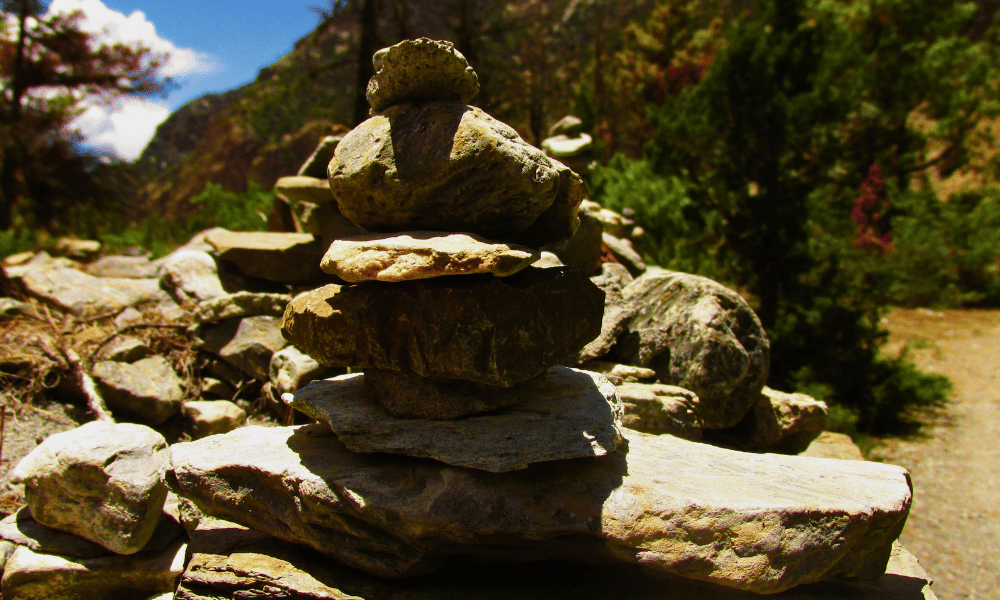
Lastly, consult with your doctor or a medical professional before starting any new training program or before embarking on the trek, especially if you have any pre-existing medical conditions. This is a challenging trek, but with the right preparation and mindset, it's an achievable goal.
Packing the right gear is essential for a successful and comfortable trek on the Annapurna Circuit. The weather can be quite varied, and you need to be prepared for everything from intense sun to heavy snowfall. Here are some crucial items to pack:
Base layers: Moisture-wicking and quick-drying base layers (both tops and bottoms).
Mid-layers: Insulating mid-layers, like fleece jackets or wool sweaters.
Outer-layers: Waterproof and windproof jackets and pants.
Undergarments: Quick-drying and breathable underwear.
Socks: Several pairs of warm, moisture-wicking socks.
Gloves: Insulated gloves or mittens.
Hats: A warm beanie for cold nights and a brimmed hat for sun protection during the day.
Down Jacket: For cold nights and higher altitudes.
Hiking boots: Waterproof, well-broken-in, and supportive hiking boots.
Sandals or shoes: For crossing streams or wearing in teahouses in the evenings.
Gaiters: To protect your legs from dust, mud, and occasionally snow.
Trekking backpack: A 50-60 liter backpack that fits comfortably is ideal for carrying personal items.
Rain cover: To protect your backpack and gear from rain or snow.
Dry bags or plastic bags: To keep your items organized and dry inside your backpack.
Trekking poles: Helpful for maintaining balance and reducing strain on your knees.
Headlamp: With extra batteries for early morning starts or finding your way around the teahouse at night.
Water purification tablets or filter: To purify water from local sources.
Sun protection: High SPF sunscreen, lip balm, and sunglasses.
First Aid Kit: Include band-aids, antiseptic wipes, tape, tweezers, and any personal medication. Also pack medication for altitude sickness, diarrhea, and other common ailments.
Toiletries: Biodegradable soap, toothpaste, toilet paper, and other personal hygiene items.
Sleeping bag: Rated to -20°C or lower (teahouses provide blankets, but having your own sleeping bag is a good idea for added warmth).
Snacks: Energy bars, dried fruits, nuts, etc.
Camera and portable charger: To capture unforgettable moments and landscapes.
Remember that while you want to be prepared for a variety of conditions, it's also important to keep your pack as light as possible. Prioritize essential items and choose lightweight, multipurpose gear when possible. Lastly, always check the weather forecast before your trek to make any last-minute additions or adjustments to your packing list.

This section will provide insight into the food options available along the trek, types of accommodations, and their average costs. It's essential to discuss dietary accommodations and what to expect from the local cuisine.
On the Annapurna Circuit Trek, accommodations and meals are typically provided by teahouses, which are small, family-run lodges scattered throughout the trail. They offer a comfortable and authentic experience, allowing trekkers to rest, recharge, and interact with the local communities.
Teahouses usually offer basic but clean accommodations. Rooms are typically twin-shared with two single beds, pillows, and a blanket. Bathrooms may be shared and hot showers are available in most teahouses, although they often cost extra. As you get higher up the trail, accommodations may become more basic, and in some places, you may even have to share room with other trekkers if it's particularly busy.
Electricity for charging electronic devices is usually available but often at an additional cost. Wi-Fi might be available at some teahouses, but it's generally unreliable and gets weaker the higher you go.
As of my knowledge cutoff in 2021, the cost of a teahouse stay typically ranges from $5 to $10 USD per night, excluding meals, hot showers, charging, and other extras.
Teahouses offer a menu of food and drinks for breakfast, lunch, and dinner. The staple food on the Annapurna Circuit Trek is 'Dal Bhat', a traditional Nepali meal that includes lentil soup (dal), rice (bhat), and curried vegetables. It's nutritious, filling, and typically comes with free refills.
Other common menu items include Tibetan bread, pasta, pancakes, momo (Nepali dumplings), noodles, potatoes, and a variety of soups. For drinks, you can choose from tea, coffee, hot lemon, soft drinks, and even a limited selection of beers.
For those with specific dietary requirements, many teahouses can accommodate vegetarian and vegan diets. Gluten-free options might be a bit trickier but can usually be arranged with some notice.
It's recommended to drink only bottled or properly treated water during the trek to avoid any stomach problems. Most teahouses will provide boiled water for a small fee, and you can also use water purification tablets or a water filter.
Keep in mind that the cost of food and drinks gets higher as you ascend due to the increased difficulty of transporting goods up the mountain. As of my knowledge cutoff in 2021, you can expect to spend between $20-$30 USD per day on meals.
Always remember, regardless of the simplicity of accommodations or repetitiveness of the food, the unmatched hospitality of the teahouse owners and the cultural immersion they offer make up for everything.
Whether or not to hire a guide for the Annapurna Circuit Trek is a personal decision that depends on your comfort level, trekking experience, and preference for independence. Here are some pros and cons to consider:
Navigation: While the Annapurna Circuit is well-marked, a guide can ensure that you never lose your way. This is particularly helpful in poor weather conditions or if you choose to take side trails.
Safety: Guides are trained to handle emergencies and can assist if you encounter altitude sickness or an injury. They also keep updated on trail and weather conditions to help you avoid any unforeseen dangers.
Local Knowledge: Guides can enrich your trek with their knowledge of the local culture, traditions, flora, and fauna. They also interact with the locals in their language, which can enhance your cultural experience.
Logistics: A guide can handle accommodation bookings, meal arrangements, and permits, allowing you to focus on the trek itself.
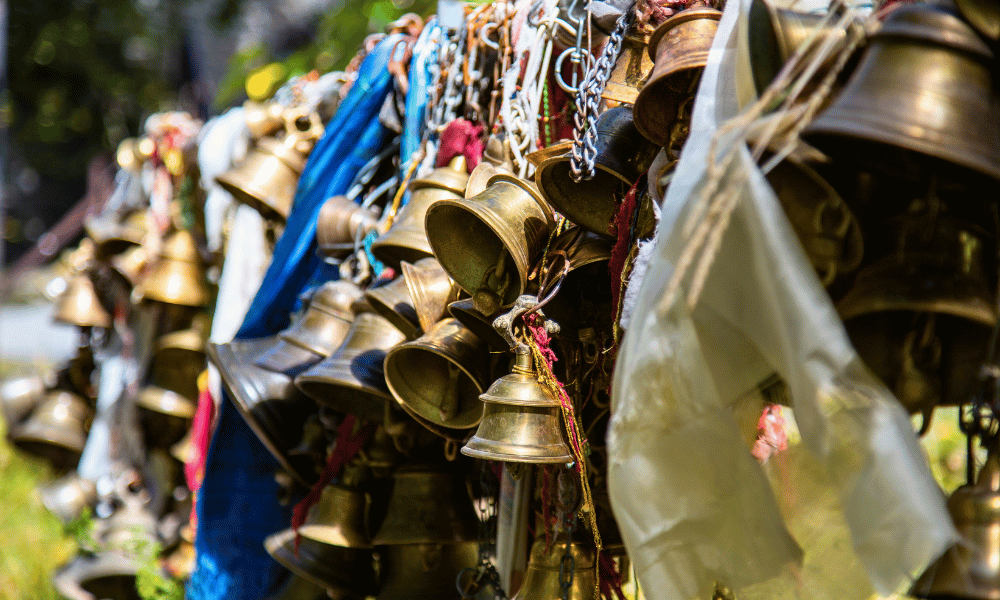
Cost: Hiring a guide adds to the cost of your trek. As of 2021, expect to pay $20-$30 per day for a guide, though prices can vary.
Independence: Some trekkers prefer the sense of adventure that comes from navigating the trail and managing logistics on their own.
Mismatch: There's a risk that you and your guide may have different styles or expectations, which could impact your trekking experience.
If you decide to hire a guide, choose a reputable trekking agency to ensure that your guide is experienced and licensed. Read reviews, ask for recommendations, and speak with your potential guide beforehand to ensure you're a good match.
You can also consider hiring a porter, who can carry your heavy luggage and leave you free to enjoy the trail with just a day pack. Some trekkers opt for a guide-porter, who does both jobs at a lower cost than hiring a guide and a porter separately. The decision should be based on your comfort, fitness level, and budget.
Regardless of whether you hire a guide or not, it's important to be respectful and responsible on the trail. Always follow the principles of Leave No Trace, and remember that your actions can impact the environment and local communities.
Altitude sickness, also known as Acute Mountain Sickness (AMS), is a condition that can occur when one rapidly ascends to high altitude, where the air pressure and oxygen levels are significantly lower. It's a critical concern for trekkers, and understanding how to prevent and manage it is essential for a successful trek.
Symptoms often resemble those of a hangover and can include headache, nausea, dizziness, fatigue, loss of appetite, and difficulty sleeping. If ignored, symptoms can escalate to more severe conditions such as High Altitude Pulmonary Edema (HAPE) or High Altitude Cerebral Edema (HACE), which can be life-threatening.
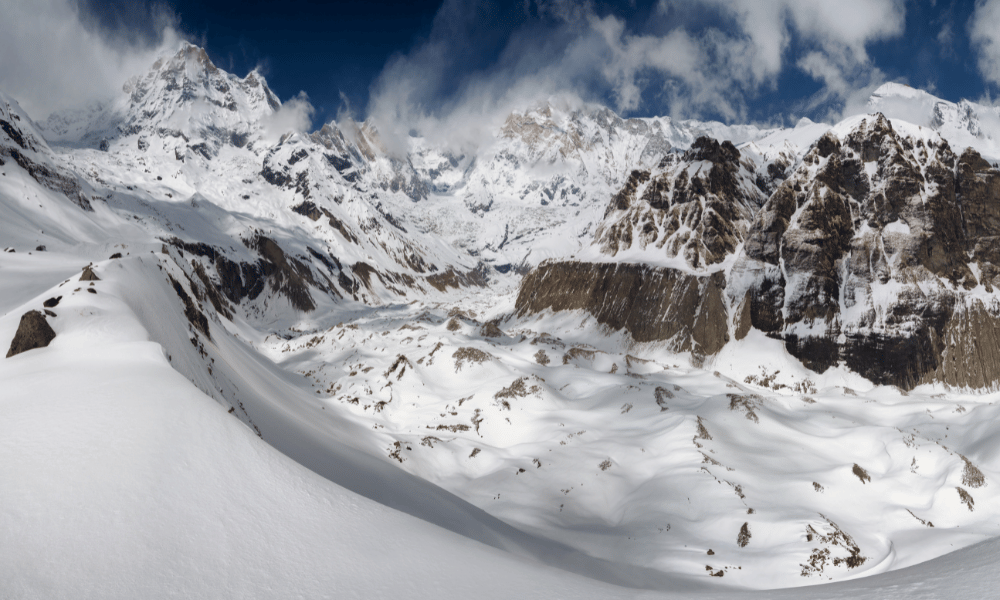
Acclimatization is the process by which the body adjusts to the decrease in oxygen at high altitudes, significantly reducing the risk of altitude sickness. Here are some key strategies:
Climb High, Sleep Low: Ascend to higher altitudes during the day but return to lower altitudes to sleep. This helps your body experience high altitude but also recover in a lower altitude sleeping environment.
Slow and Steady: Avoid rapid ascents. The recommended rate of ascent is not more than 500 meters (1,500 feet) per day once above 3,000 meters (10,000 feet).
Hydrate: Drink plenty of water and stay well-hydrated. This helps your body acclimatize faster.
Diet: Eat a high-calorie diet. At altitude, your body requires more energy.
Rest Days: Incorporate acclimatization days into your itinerary. These are days with no ascent where you can relax or do some light hiking.
Know the Symptoms: Be aware of AMS symptoms, listen to your body, and do not ignore any signs of altitude sickness. If you feel unwell, communicate this to your guide or trekking partner.
Medication: There are medicines, such as Diamox (Acetazolamide), that can help prevent AMS. However, these should only be taken under the guidance of a healthcare professional.
Descend: If you start to show symptoms of altitude sickness, it's crucial to descend to a lower altitude immediately. If symptoms persist or become severe, seek medical help as soon as possible.
By following these guidelines, you can minimize the risk of altitude sickness and enjoy your trek to the fullest. Always remember, there is no substitute for proper acclimatization. The golden rule of high-altitude trekking is: "If you feel unwell, you have altitude sickness until proven otherwise." Safety should always be your top priority.
Getting to the Annapurna Circuit involves a few steps, as the starting point is not directly accessible from Nepal's main international airport in Kathmandu. Here's a step-by-step guide:
There are a few options for this leg of the journey:
By Air: This is the quickest but also the most expensive option. Several domestic airlines operate daily flights from Kathmandu to Pokhara, and the flight takes about 30 minutes.
Then, from Pokhara you can drive to Besisahar on either a private or shared basis. Local buses and jeeps are available and take up to 3-4 hours depending on the road condition.
By Road: You can take a tourist bus, local bus, or private vehicle from Kathmandu to Besisahar. The journey takes about 7-8 hours, depending on the road conditions and traffic. Tourist buses are generally more comfortable and safer than local buses.
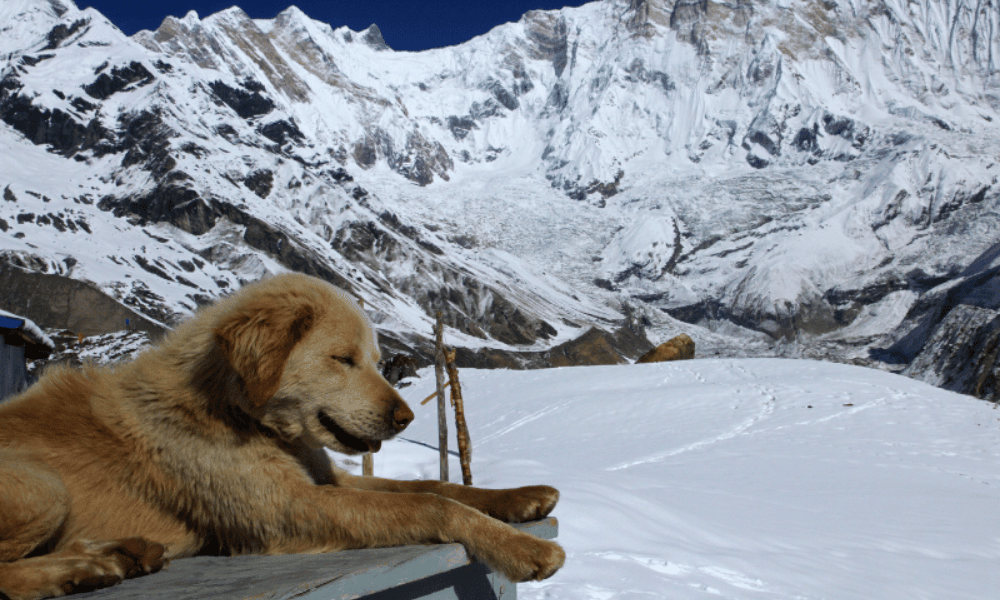
From Besisahar or Bhulbhule, you'll start your trek. Some trekkers choose to take a jeep from Besisahar further up to Chame or Dharapani to shorten the trek. However, doing so can increase your risk of altitude sickness due to the rapid gain in elevation. Plus, you'll miss some beautiful parts of the trail.
It's important to note that transportation in Nepal can sometimes be delayed or canceled due to weather, road conditions, or other unforeseen circumstances. Be sure to allow for some flexibility in your travel plans.
In this blog, we've covered a comprehensive list of frequently asked questions about the Annapurna Circuit Trek, touching upon important aspects such as what the trek entails, the best time to undertake it, its duration, the fitness level required, essential gear to pack, what to expect in terms of food and accommodation, and the relevance of a guide. We've also discussed the importance of acclimatization to high altitudes and how to reach the starting point of the trek from major cities in Nepal.
Undertaking the Annapurna Circuit Trek is no small feat, but with careful preparation and a keen spirit of adventure, it is a rewarding endeavor within the reach of many. It offers a unique blend of beautiful scenery, challenging trails, and rich cultural experiences that are bound to leave you with memories to last a lifetime.
Whether you're a seasoned trekker or a first-time adventurer, the Annapurna Circuit has something for everyone. So, pack your bags, lace up your boots, and get ready for an incredible journey in the heart of the Himalayas. We hope this guide has been helpful in your preparation, and we wish you a safe and memorable trek!